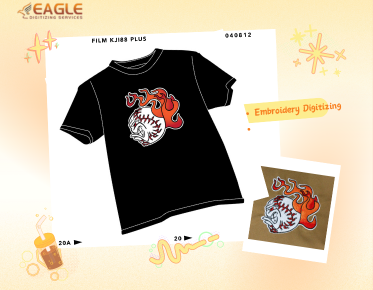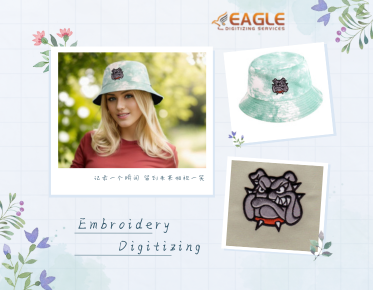Understanding Screen Printing on T-Shirts
Screen printing is a popular method for customizing t-shirts and other fabrics with unique designs. The process involves creating a stencil (also known as a screen), and then using that stencil to apply layers of ink onto the desired surface. Each color in the design is applied using a separate screen, allowing for vibrant, multi-colored graphics that are both durable and visually striking.
This technique is not only valued for its ability to produce high-quality, long-lasting prints but also for its versatility. Screen printing can be used effectively on a wide range of fabrics and materials, making it an ideal choice for custom vector art services and personalized merchandise. The finished product is known for its rich texture and its ability to maintain colors over repeated washes.
How Screen Printing Works
The process of screen printing begins with the preparation of the screen. This involves applying a light-sensitive emulsion on the mesh screen, followed by exposure to a strong light source, with the desired design placed in front. The areas of the emulsion that are not exposed to light remain unset and can be washed away, creating a stencil of the design.
After the screen is prepared, it is time for the actual printing. A t-shirt or other substrate is laid flat, and the screen is placed over it. Ink is then applied on top of the screen, which is forced through the open areas of the stencil using a squeegee. Each layer of color is applied separately, requiring precise alignment and skill to achieve intricate designs.
Advantages of Screen Printing
Durability and Vibrancy
One of the primary benefits of screen printing is the durability and vibrancy of the prints. The ink used in screen printing is thicker than that used in other printing methods, resulting in designs that are more resistant to fading and wear. This makes screen printing an excellent choice for items that are washed frequently, like t-shirts.
Versatility
Screen printing is also celebrated for its versatility. Many products and industries take advantage of this method, including apparel companies, promotional product firms, and even artists looking to create unique pieces. Whether it’s a simple logo or a complex design, screen printing can accommodate a wide array of creative needs.
For businesses, screen printing allows for branding across different products. For example, a company might use vector art conversion services to ensure their logos and designs are print-ready and compatible with screen printing processes.
Challenges in Screen Printing
Setup Costs
While screen printing is excellent for large orders, the initial setup can be more expensive than other forms of printing. Each color requires its own screen, which means that designs with multiple colors can be costly and time-consuming to set up. However, for larger quantities, these costs are offset by the low per-unit price.
Environmental Concerns
Another consideration is the environmental impact. Traditional screen printing processes can generate waste and use substantial amounts of water. Many modern screen printing companies are moving towards more sustainable practices, using water-based inks and striving to reduce their ecological footprint. This shift not only helps the environment but also appeals to eco-conscious consumers.
Innovations in Screen Printing
The industry is continuously evolving with technological advancements aimed at improving the efficiency and sustainability of the screen printing process. Innovations such as automated presses and improvements in ink formulations help increase production speed while maintaining high print quality.
Businesses like Eagle Digitizing have also expanded their services to include digital techniques such as raster to vector conversion, enhancing their ability to produce precise and adaptable designs ready for screen printing. These innovations open new opportunities for smaller batches and more detailed artwork in screen printing projects.
Future of Screen Printing
Screen printing remains a dominant force in the garment decoration industry, favored for its affordability and quality for bulk printing. As technology advances, it is likely that we will see continued improvements in eco-friendliness and print complexity capabilities. Furthermore, the integration of digital tools offers a hybrid approach that could revolutionize the traditional methods.
Looking ahead, the screen printing industry is likely to embrace even more sustainable practices while leveraging digital innovation to meet the diverse needs of modern consumers. Whether you’re a small business looking to create quality custom apparel or a large enterprise in need of reliable bulk printing, screen printing will continue to be a versatile and valuable option.


.png)
